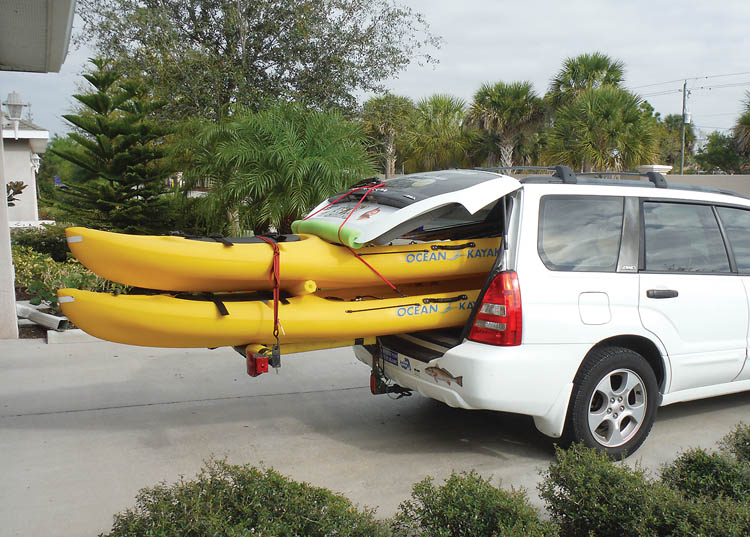Mistakes Beginning Kayak Anglers Can Avoid
December 5, 2023 at 4:33 p.m.
Mistakes Beginning Kayak Anglers Can Avoid
We like to keep our advice on the positive side of the discussion. That being said, here are a few thoughts we wanted to share with beginners when they start kayak angling. First, do your homework and decide what you want in a kayak. Then read everything you can find about the plethora of boats that seem to fit your needs. Then RENT a couple of different kayaks and see how they paddle, are they stable enough and are there accessible spots for your gear. Larger kayaks with a wider beam are more stable than skinny ones. They are also slower and heavier.
Newer specialized fishing kayaks have lots of built in areas to secure rod holders, anchor trolleys and paddles. Some even have a motorized option (but that’s cheating). Adding a motor requires registration and adds considerable weight and expense which is why we still paddle along. Paddles are still the “motor” of choice for most kayak anglers. Kayak kits usually include paddles that are too short and a seat that is marginally comfortable. If you upgrade to a longer paddle, choose a composite shaft for its light weight with a fiberglass blade needed for pushing off seawalls, dock pilings and oyster shells without breaking.
And speaking of weight; be honest with yourself about how much weight you really want to lift over your head to the roof of your vehicle. You might prefer a trailer but understand that some launches aren’t accessible with a trailer. We designed a receiver hitch extension for our Forester that supports the kayaks and suits us just fine. After we launch, the extension fits securely inside. Also, consider storage. We tried wall straps to conserve floor space but found they are a challenge to buckle while lifting kayaks. Don’t just lay them on the floor. They will flatten on the bottom, which affects their “tracking”. We built a rack that extends 30” from the wall to set our kayaks on. It holds three boats and we pile our PFDs, seats and other debris on top of each kayak.
Seats are another place to consider upgrades. Many newer angling kayaks have suspension seats similar to a lawn chair that lets the angler sit above the deck with his legs slightly below his hips. This keeps your rear high and dry in a wet kayak. The only drawback to these elevated seats is the way the center of gravity shifts which makes any boat less stable. Experienced paddlers are usually OK with this but anyone just starting out might get a little nervous. Think about big boat wakes when making your decision. Whatever seat you choose, make sure it will be comfortable for several hours. Some areas you fish may not have anywhere to stretch your legs.
Don’t bring everything you might use on a kayak angling adventure. Limit it to tackle you know you’ll use. Easily accessible space is very limited in kayaks so only bring a small tackle bag for the essentials. Other items on a “might need” list will fit into a hatch somewhere but then they’re not easily accessible. Don’t forget to save room for a soft cooler with beverages and snacks. If you’re feeling really lucky bring an insulated bag with ice packs for your catch. Remember that snook, redfish and trout are catch and release only at this time to help them recover from last season’s red tide disaster.
So, there are some ideas for anglers interested in fishing from a kayak. We enjoy both shore and kayak fishing but find that more often; we opt for the range and access a kayak offers. Kayaks are the ideal solution for low cost, shallow draft access to lightly fished water in Southwest Florida. Getting started with the right gear is easier than changing equipment later. We hope these ideas get folks started down the right track.

The Beery's extension for their kayaks.
